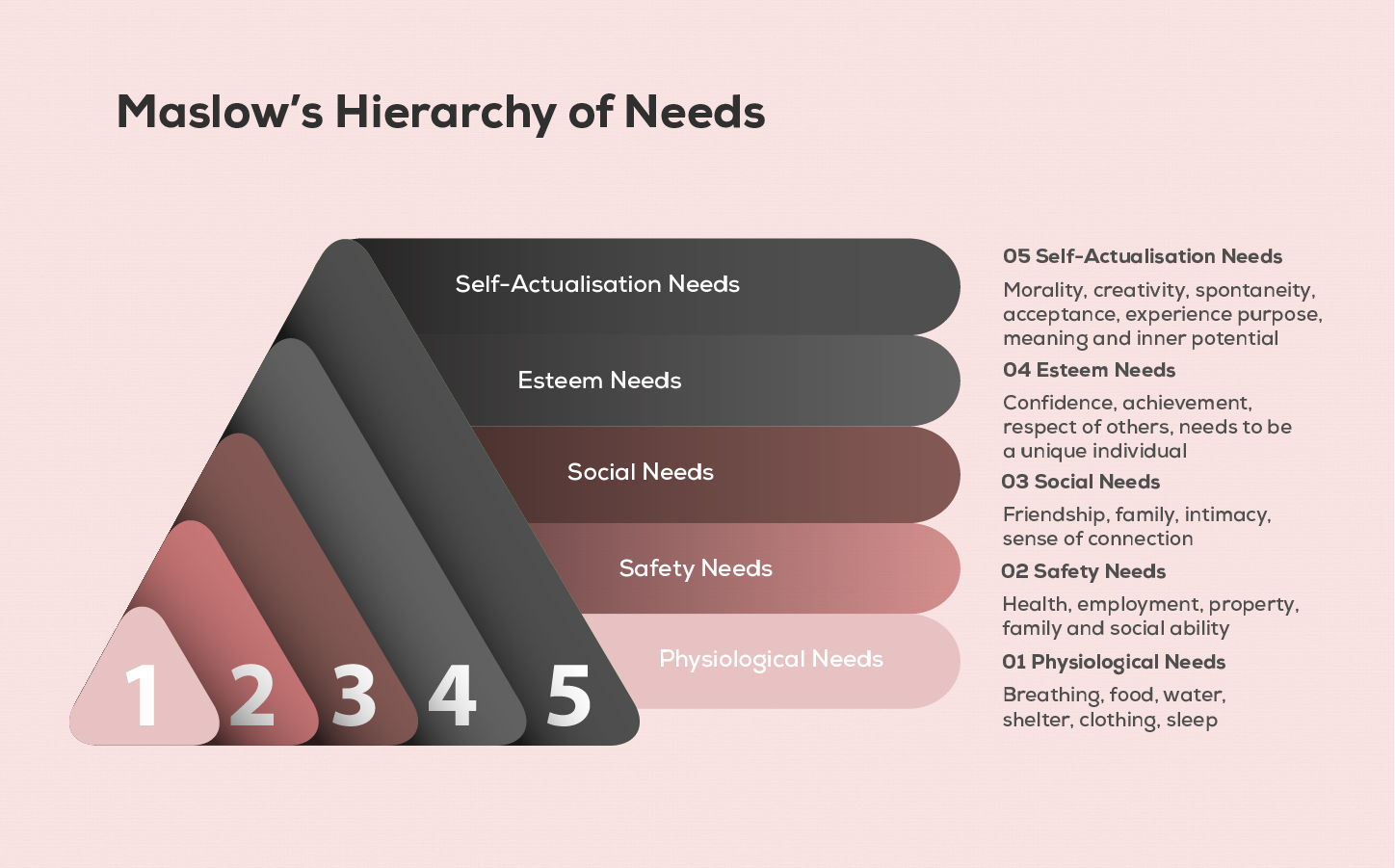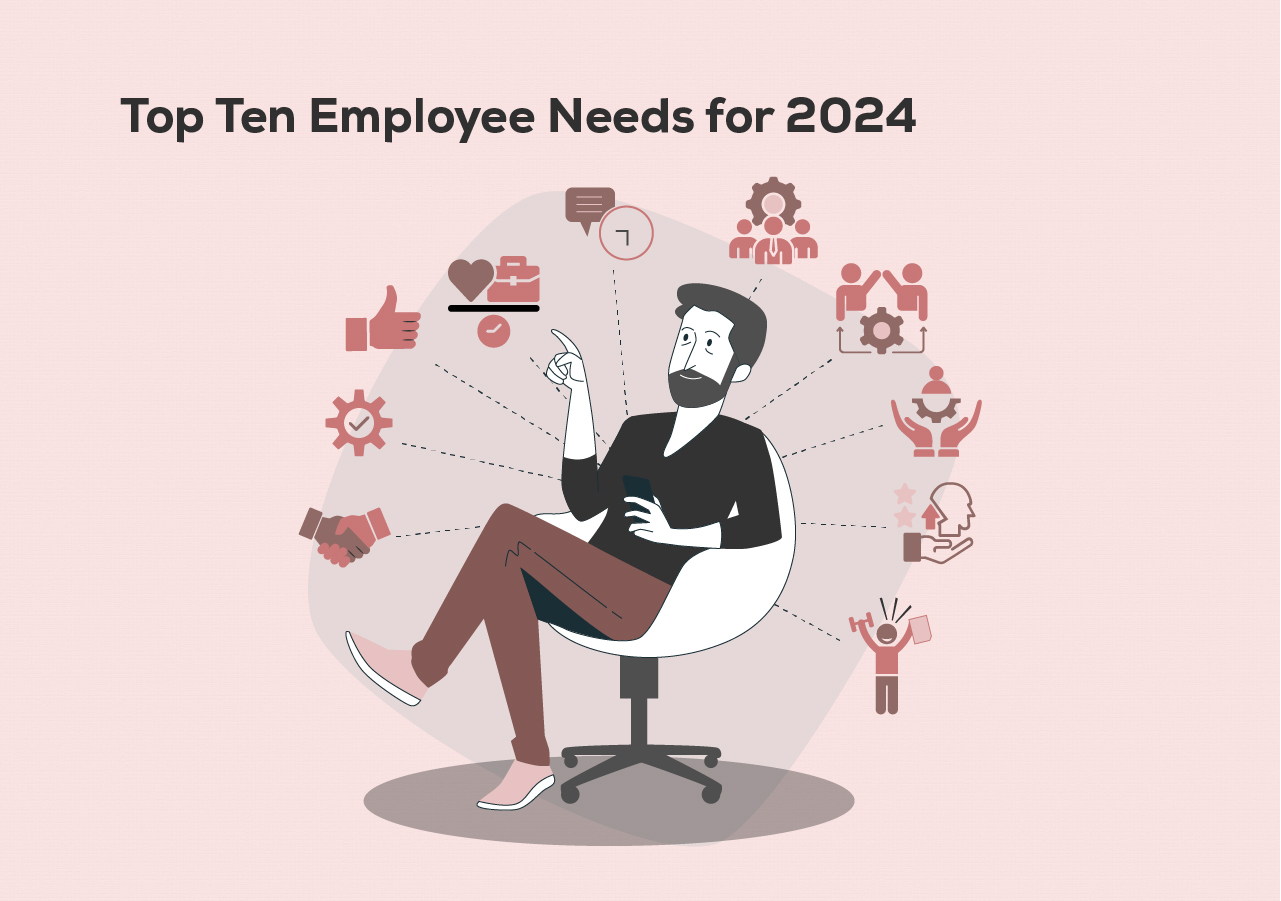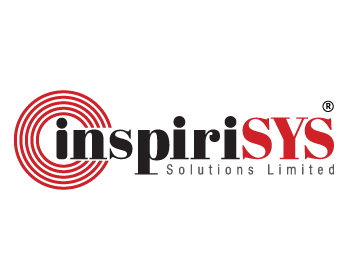Introduction
Say goodbye to the days of the '9 to 5' grind and hello to a workforce that craves more than just a paychecque. In today's fast-paced world, employees aren't just looking for a job; they're searching for a sense of belonging, purpose, and fulfilment. The traditional employment model? It's been given a makeover – now, it's all about creating cultures that prioritize inclusivity, growth, and positive vibes.
Imagine a workforce that doesn't just want to work; they want to thrive. They crave an environment where their voices aren't echoes but symphonies, where their ideas aren't just heard but celebrated. This is the reality for today's workforce – a generation of employees who refuse to settle for mediocrity and demand excellence in every aspect of their professional lives.
Today individuals are trying to seek a community, a tribe, a vibe and the chance to make a meaningful impact.
In this article, we'll dive deep into the shifting sands of employee needs in the modern workplace. From the rise of remote work to the importance of company culture, we'll explore what it takes to attract, retain, and empower top talent in today's competitive landscape.
Let's explore how organizations can meet the evolving needs of their most valuable asset - their people.
Why Is It Important to Understand Employee Needs?
According to Abraham Maslow, humans are motivated by five essential needs: physiological, safety, social, self-esteem and self-actualisation. He calls it ‘Maslow’s Hierarchy of Needs’. This is very much applicable at the workplace for providing a sense of fulfilment within employees.

- Physiological Needs: Just as a sturdy rope serves as a lifeline for climbers scaling perilous cliffs, wages or salary act as the lifeline for employees navigating the unpredictable terrain of life. These wages or salaries help them secure their basic needs, providing security for themselves and their families. Feeling underpaid or receiving inadequate wages causes restlessness and often becomes a driving force behind employees leaving the organization.
- Safety Needs: Promoting a safe work environment is essential to safeguarding the well-being of employees. Investing in robust safety protocols, regular inspections, and continuous training help organizations create an environment where employees feel protected and valued. By proactively addressing safety needs, employers not only mitigate risks and minimize accidents but also cultivate a culture of trust and confidence among their workforce, fostering a positive and productive workplace atmosphere.
- Social Needs: Building social connections in the workplace through team-building activities and open communication fosters a sense of belonging and camaraderie among employees. By prioritizing social interactions, organizations create a supportive environment where individuals feel valued and respected, leading to increased job satisfaction and overall well-being.
- Esteem needs: Recognizing and appreciating employees' contributions, providing opportunities for growth and advancement, and fostering a culture of recognition and respect are crucial in boosting the esteem of the employees. By empowering employees and acknowledging their achievements, organizations boost morale, increase motivation, and cultivate a sense of pride and fulfilment among their workforces.
- Self-Actualisation Needs: Organizations can help their employees by offering them avenues to upskill themselves. They can provide opportunities for employees to pursue their full potential and personal growth by offering challenging projects, autonomy in decision-making, and platforms for creativity and innovation. This brings in a sense of fulfilment, purpose, achievement, and greater job satisfaction among employees.
Ways to Identify What Employees Want
Here are a few common and easy ways to identify employee needs:
- Conducting individual performance assessments, ideally in a one-on-one setting.
- Hosting team gatherings to solicit group input and feedback.
- Employing a company suggestion box to gather anonymous suggestions.
- Implementing employee pulse surveys to gauge engagement levels and gather insights, particularly from new hires and other relevant demographics.
Top Ten Employee Needs for 2024

- Honest Interactions: Employees seek communication channels that foster openness and invite active participation. Beyond merely conveying information, these channels serve as platforms for sharing ideas, initiating change, and driving performance excellence. This collaborative atmosphere empowers employees to contribute their unique perspectives, innovate freely, and cultivate a sense of ownership in the organization's success.
- Opportunities for Learning and Development: 2024 demands a proactive approach to workforce development. Employers must refine and expand existing training programs to ensure employees feel valued and included. This emphasis on skill development offers employees a prime opportunity for continuous growth and advancement within the company.
- Recognition: Recognition serves as a powerful testament to an employee's value within the organization. When their diligent efforts are acknowledged and celebrated, it not only reinforces their commitment but also cultivates a deeper sense of loyalty towards the company. As Forbes magazine aptly stated, "When employees feel valued, it enhances engagement, productivity, and fosters unwavering company loyalty.”
- Flexibility: Offering flexibility through remote work arrangements empowers employees to customize their schedules, contingent upon meeting productivity standards and fulfilling expectations. This approach accommodates individual preferences, fostering a workforce characterized by efficiency and adaptability.
- Timely Feedback: Providing feedback serves as a crucial mechanism for affirming an employee's performance and identifying areas for improvement. Timely and candid feedback, offered without judgment, not only reinforces positive behaviours but also guides employees toward growth and development.
- Leadership by Example: Good leadership encompasses more than just holding a position of authority; it embodies qualities and behaviours that inspire and motivate others within an organization. With team leaders, supervisors, and managers serving as role models for their teams, a strong leadership style can be the deciding factor between motivated and disengaged employees. Employees rely on their leaders for guidance, support, and inspiration, shaping the organization's culture and driving success.
- Inclusivity: In today's job landscape, employees increasingly prioritize diversity and inclusion within organizations. The growth of Diversity, Equity, and Inclusion (DEI) departments signifies a shift towards greater inclusiveness objectives, reflecting the importance placed on employee voices and representation of marginalized groups. Fostering a diverse and inclusive workplace environment has become a critical need for employees, highlighting the significance of organizations' commitment to advancing DEI initiatives.
- Respect: Employees require assurance that they are regarded as equals with their co-workers on a fundamental human level. Disrespect often stems from favouritism, biases, or arrogance exhibited by managers and colleagues, prompting employees to seek more supportive leadership elsewhere. Managers should also prioritize learning how to effectively resolve conflicts, actively listen to feedback, and acknowledge employee ideas to foster a culture of respect within the organization.
- Clear Priorities: In fostering a thriving work environment, both managers and team members play crucial roles in setting and achieving clear goals. Clear goals provide employees with a roadmap for success, while managers must set clear priorities to ensure smooth workflow and direction. By aligning themselves with these goals, both managers and team members contribute to enhanced productivity and overall success.
- Physical and Mental Well-Being: In today’s bustling workplaces, employees yearn for environments that nurture their physical and mental well-being. Employers can transform the workplace by offering nutritious snacks, spaces for yoga and meditation to soothe the mind, and even mental health sessions to bolster resilience. Free health checks, and mandatory breaks, alongside access to an in-house doctor and counsellor, will reap great benefits for the employees and supercharge their productivity and engagement.
Conclusion
The above-mentioned essential needs of employees reflect a paradigm shift in workplace priorities, highlighting a demand for holistic well-being, professional growth, and inclusive environments in the year 2024. By addressing these fundamental needs, companies can cultivate environments where employees thrive, ultimately leading to enhanced performance and sustained organizational excellence. As we move forward, employers must continue prioritizing these aspects, ensuring that their workforce remains empowered, fulfilled, and equipped to meet the challenges of tomorrow.



